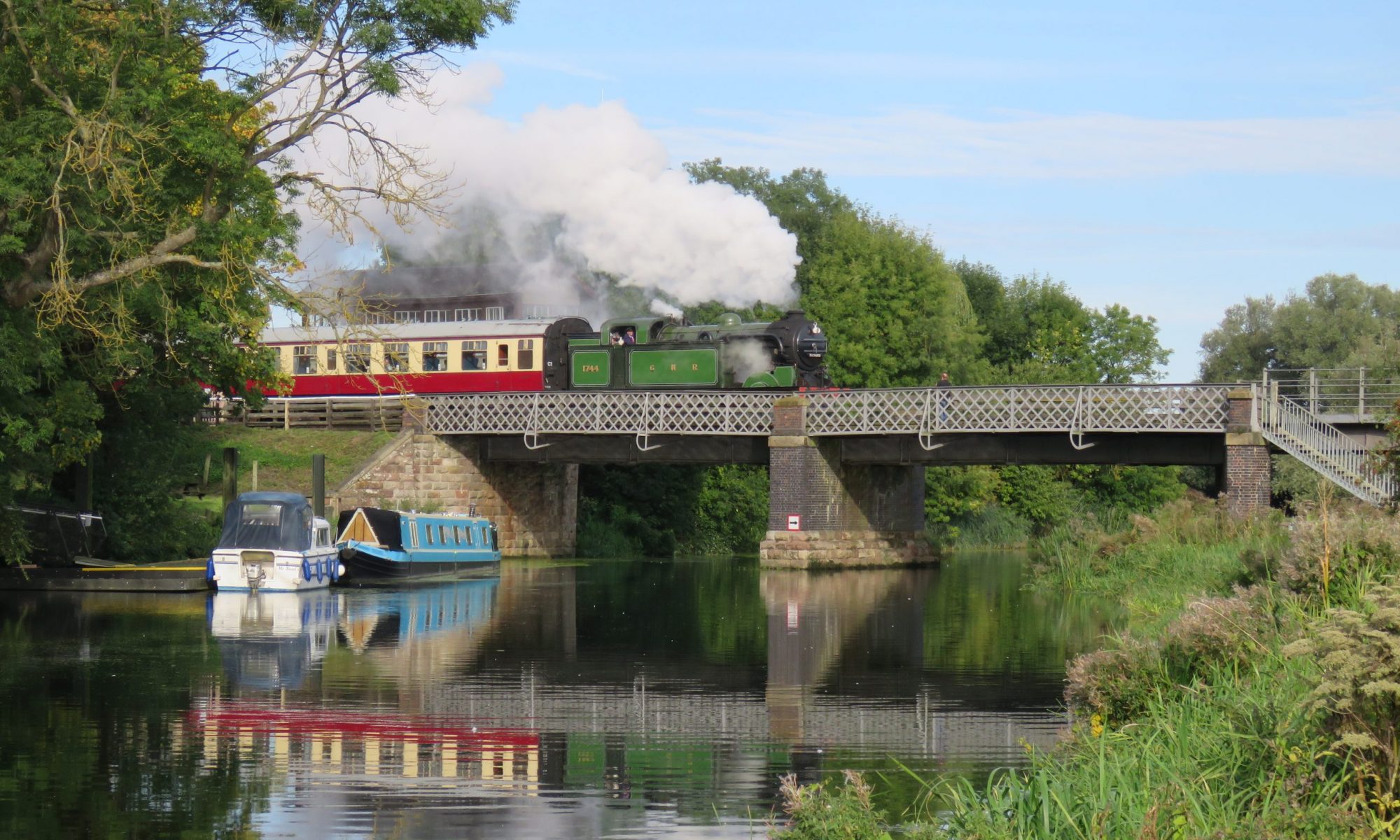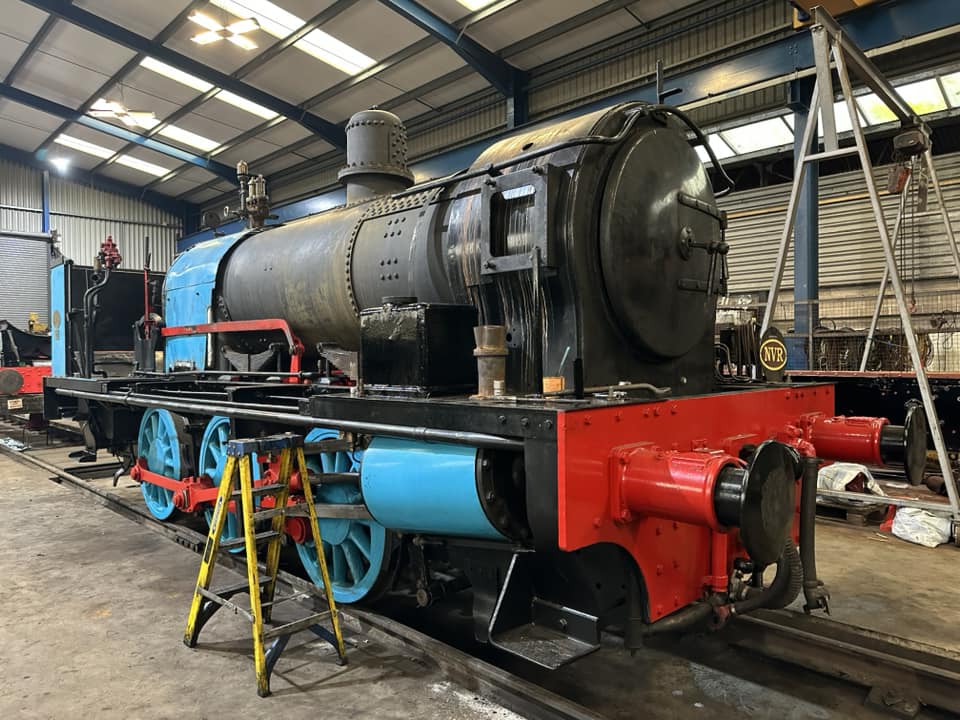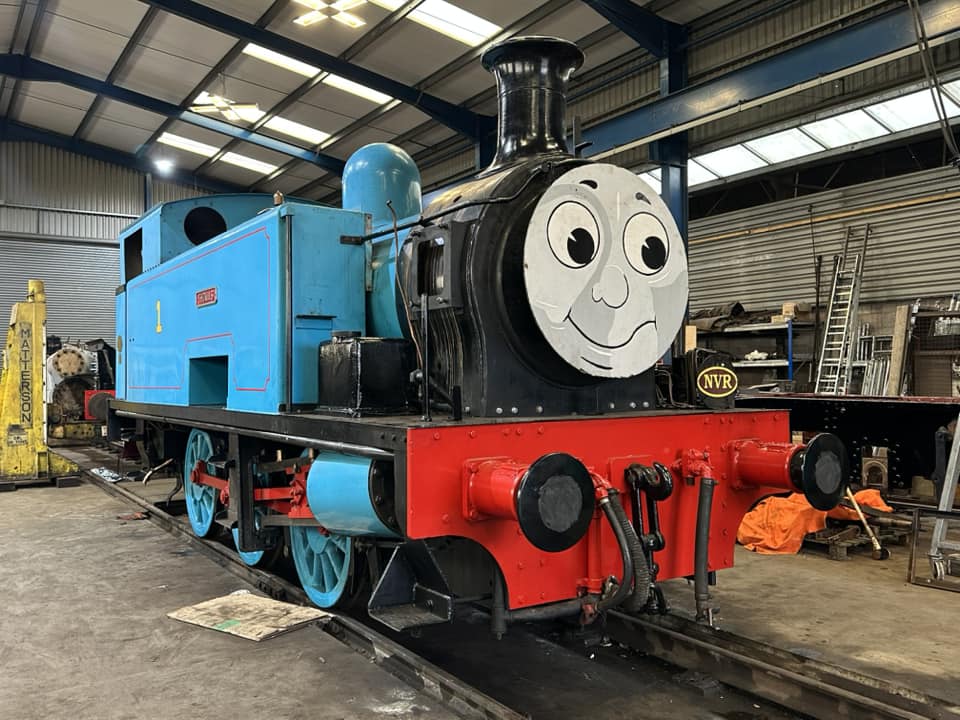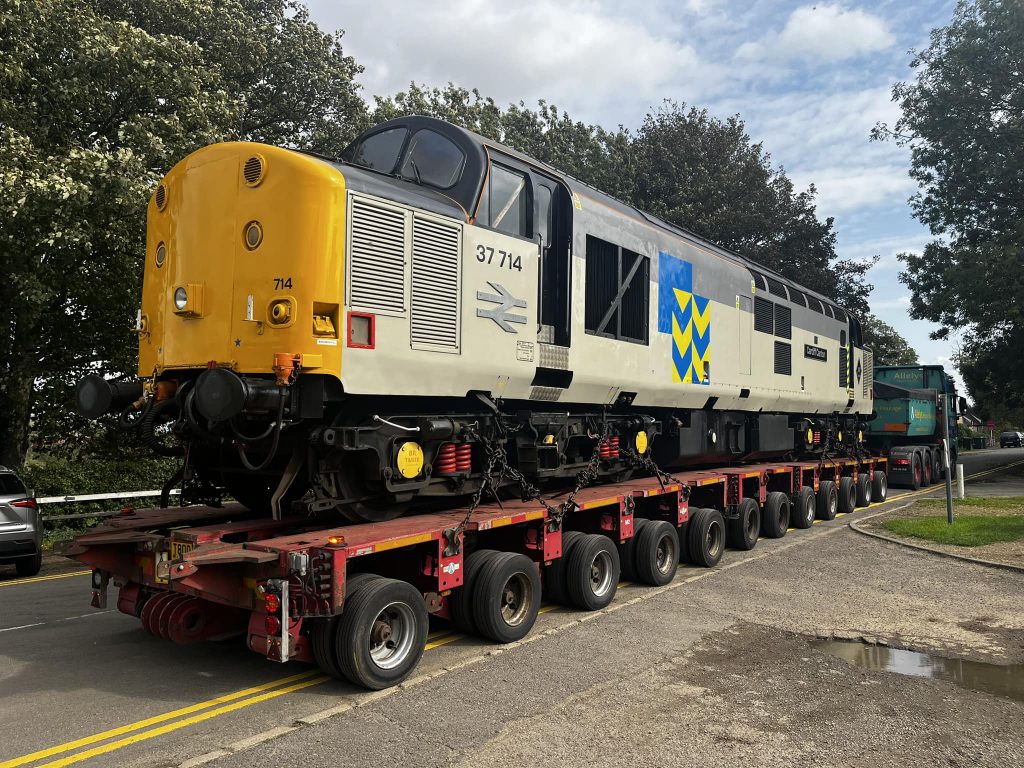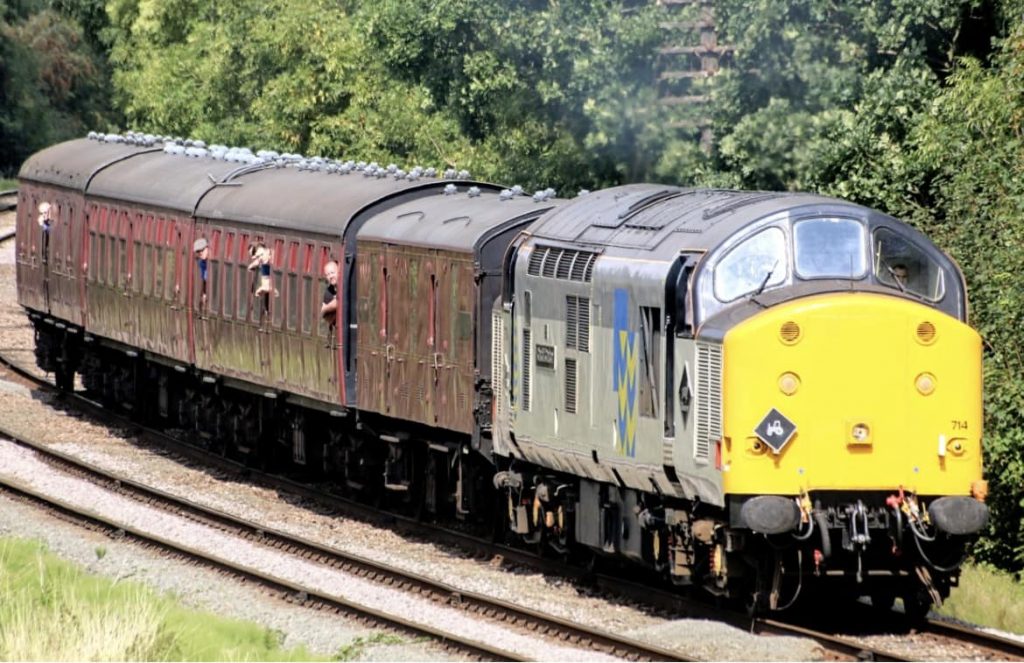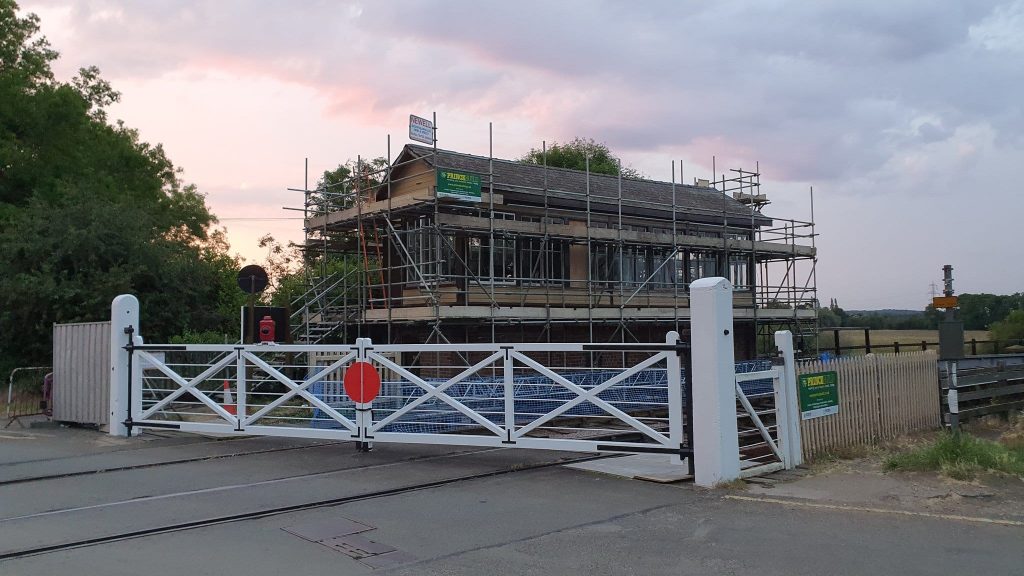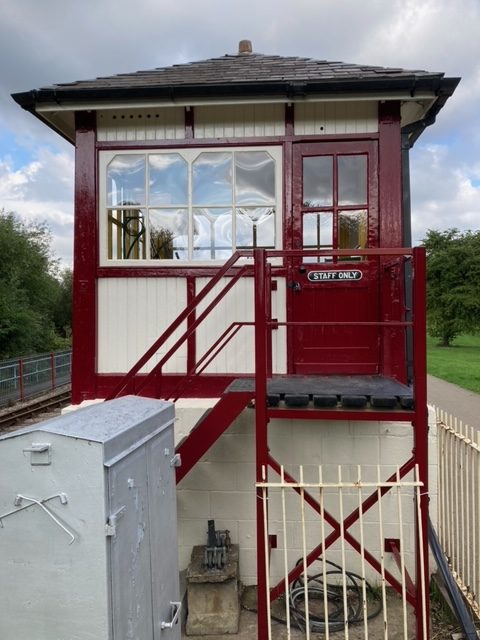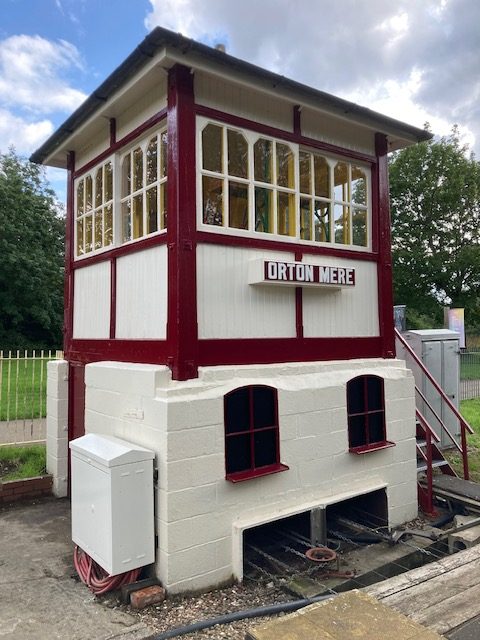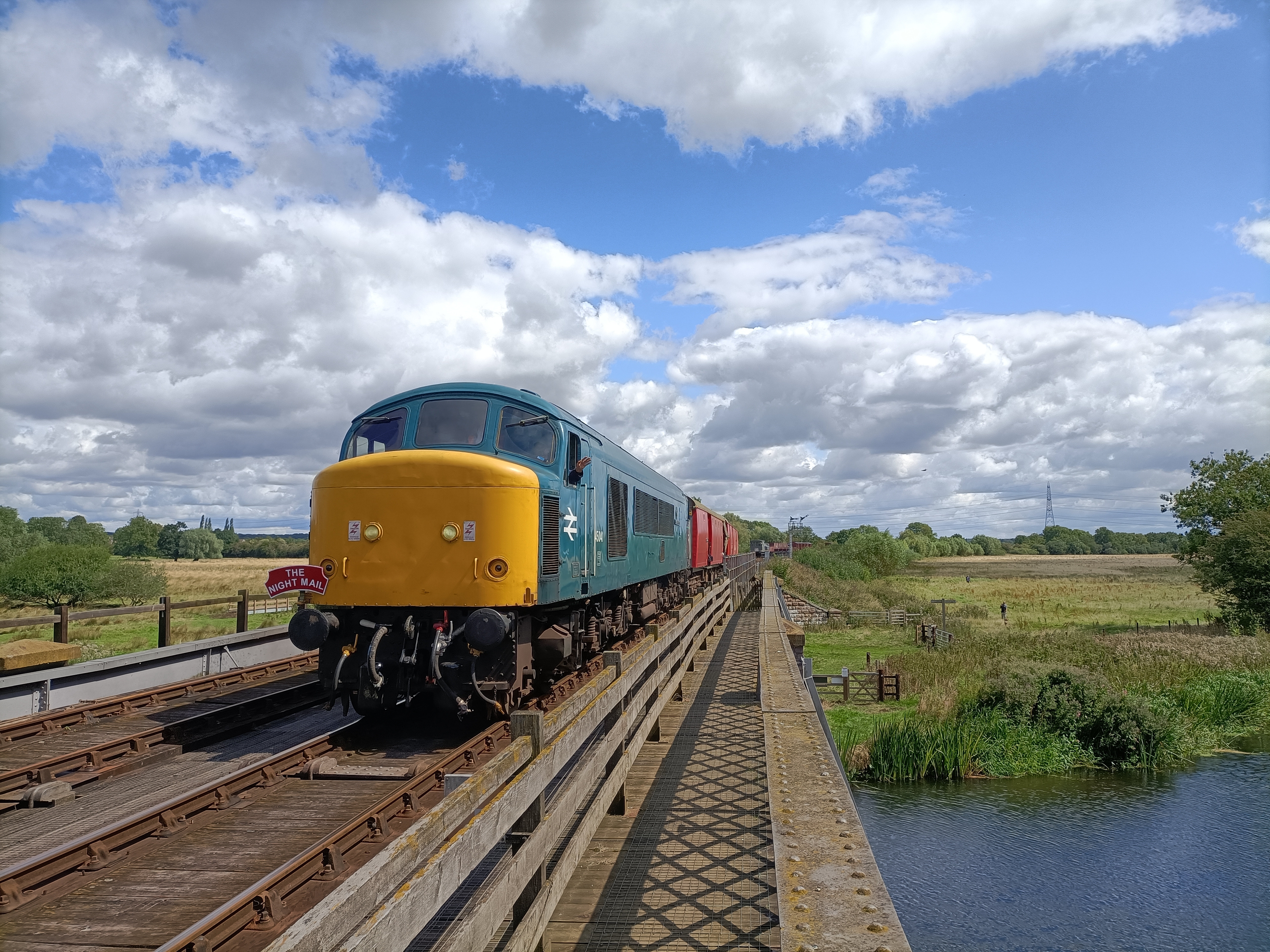I came across this incident on Facebook which happened at the Llangollen Railway, why do people do things like this?
I’m pretty gutted to have to be making this post. However, after my post below in our Group last month, the Leaton signal box key was suspected as being stolen from Glyndyfrdwy signal box around lunchtime on Friday 25th August.
The ‘box only had one visitor on the day it disappeared. This individual identified themselves to the duty signalman to gain a visit by showing him what appeared to be a valid HOPS acitive volunteer ID card from a UK Heritage Railway. This same individual also travelled on the train and showed this ID to the footplate crew.
If the said individual (or whoever else may have magically removed this historic artefact) is on this Group and can see this post, this is a direct and polite appeal to return the Leaton key to the Llangollen Railway in the next 7 days. If you do so, no further action will be taken. We know people do silly things in the heat of the moment.
If it is not returned, then we will be following up on our CCTV records and taking further action. Being of low value financially, this is unlikely to be a Police matter, but we will follow it up with the Heritage Railway the individual appparently volunteers with and also be sharing the information with the wider railway press.
You may not think removing it was a problem. It’s monetary value is however irrelevant – it’s history is worth an awful lot more to us and the kind soul who donated it to us. It belonged to his late father, who was a signalman at Leaton. It belongs to the ‘box, not to you.
This action also unfortunately means there are will be no further public visits to any of our signalboxes. Our signalman cannot be expected to keep such a close eye on potentially light-fingered individuals whilst they go about their duties.
Sorry to have to share such bad news. Our Group is usually very positive and I am proud to be a moderator for it. Actions like this do however mean volunteers will be thinking twice about posting here, if some of the Group’s members are looking to use it for theft.
We are a small community and this is truly shameful behaviour.
Finally, I would ask collectors of Railwayana or signal box memorabilia to be vigilant for this item being offered for sale or display. If you are offered it, then please be aware it is stolen. I will personally offer a reward for its safe return.
Thank you, Terry Pickthall
Glyndyfrdwy Signalman, LR Driver & Press Officer.
